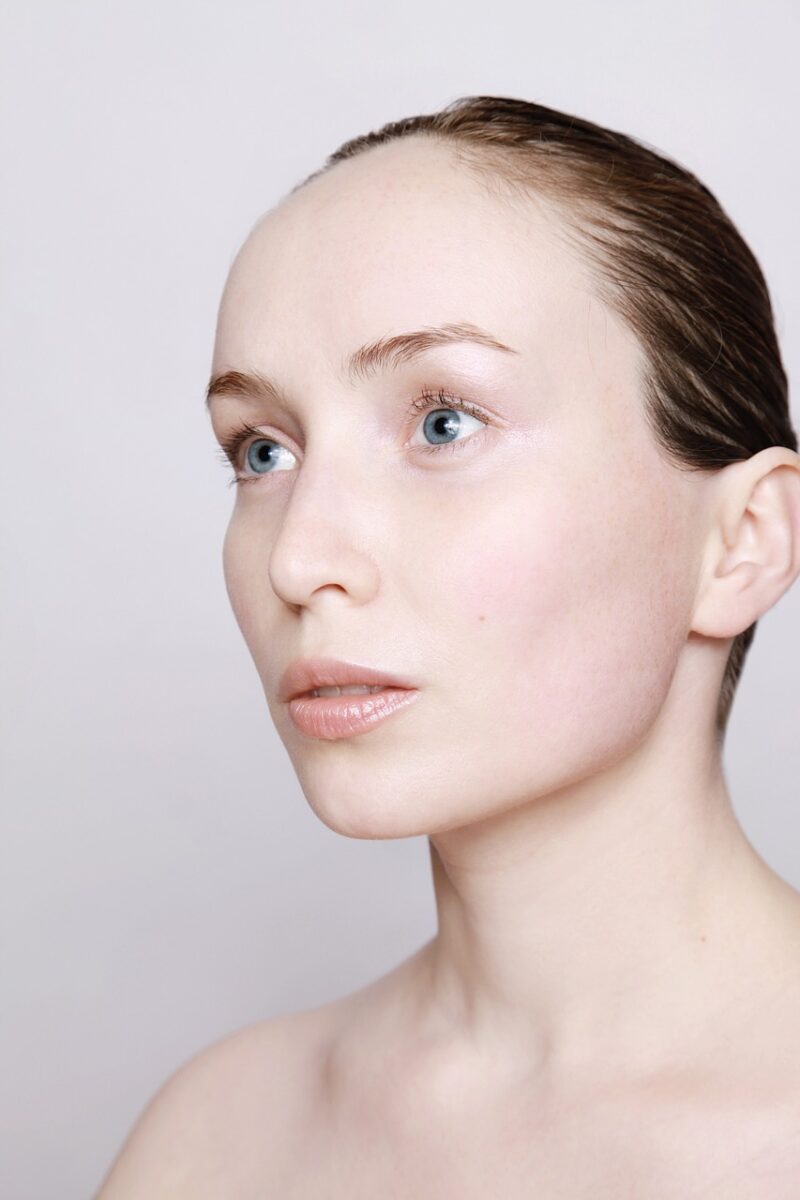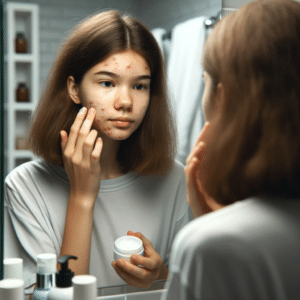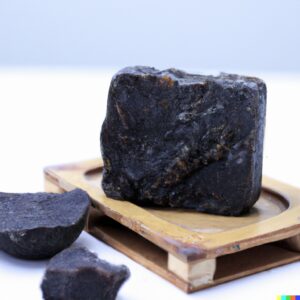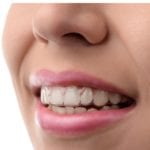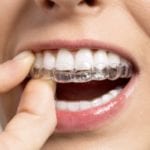Looking to get younger, smoother skin? You may have come across the term “Glycopeel facial?” If you’re wondering what that is, you’re in the right spot!
Glycolic acid is a staple ingredient in a wide variety of skin care products, including exfoliating cleansers, toners, and masks.
But what exactly are the advantages of getting a glycolic acid peel done by a trained professional? You may be familiar with glycolic acid in the skin care products you’ve used at home. If so, you might be curious about the effects these widely used treatments can have on you.
Skin treatments, like peels, can have very high concentrations of acid. This can cause some risks, so it needs to be handled with care. Especially if you use them on your face!
Below you’ll get the answer to the common question, “what is a Glycopeel facial?” You’ll learn how it works, what the benefits are and what cautions you should take.
What Is A Glycopeel Facial?
Glycolic acid is an alpha-hydroxy acid (AHA) generated from sugarcane that is odorless and colorless. It is a chemical exfoliator that breaks the bonds between dead skin cells. This allows the cells to be easily wiped away, revealing the younger, smoother skin underneath.
Glycolic acid was originally prepared in 1851. You’ll often see it in tanning and dyeing agents, flavoring components, and skin care products. This natural acid is present in sugar beets, sugar cane, and unripe grapes. It is said to effectively exfoliate the skin since it can easily penetrate the tissues.
This form of skin care procedure, also known as a glycolic acid facial, involves applying a skin-friendly acid to the face.
The Three Types of Peels
There are three main types of glycolic acid peels. The main difference between them is how much glycolic acid is in the product and how long it stays on your skin. Here’s what you can expect from each level of an in-office peel:
- Light: A light peel, also called a “superficial” peel, uses 20% to 30% glycolic acid. This treatment lasts only a minute or two. This will only peel off the skin’s top layer, which can help with mild hyperpigmentation. A light peel doesn’t require any downtime. However, you should wait 24 hours before using any skincare or makeup products to give your skin time to heal.
- Medium: At this level, the glycolic acid concentration will be between 35% and 50%. It will remain on your face for two to five minutes. This allows the acid can reach the papillary dermis (the uppermost layer of the dermis, which sits below the epidermis). Medium-depth peels can help with melasma and hyperpigmentation. They can also improve the texture of the skin as a whole. But a medium-depth peel will take about a week to heal. During this time, your skin may be red and sensitive, and you won’t be able to use makeup or some skincare products.
- Deep: Dermatologists use 55% to 70% glycolic acid for deep peels, and they put it on for between 3 and 15 minutes. These peels can reach the reticular dermis (the lower level of the dermis, below the papillary dermis). Deep peels can do everything that medium peels can do, and they can also make acne scars look better. Deep peels also usually take up to two weeks to heal. This level of peel is usually only used to treat deeper wrinkles or precancerous growths because it can cause serious side effects like infection and scarring.
How Glycopeel Facials Work
The acid is typically compounded or diluted and is intended to deep-cleanse and rejuvenate the skin. Additionally, the acid is more effective than over-the-counter facial scrubs and plain soap because the latter just targets the outermost layer of skin. Glycolic acid can penetrate numerous skin layers and cleanse so that the beneficial benefits are more immediate, profound, and long-lasting.
The acid’s anti-inflammatory and antioxidant qualities help revitalize the skin. It diminishes dark sunspots and creates a more even and youthful complexion. Because the peel can unclog pores, some use it to treat mild acne, superficial acne scars, and blackheads.
Benefits of Glycopeel Facials
Glycolic peels can also remove hyperpigmentation, such as sunspots, dark acne scars, and melasma. After a glycolic peel, the skin appears more radiant and revitalized.
Anti-aging benefits are attributed to the glycolic peel. Repeated glycolic peels boost the production of collagen and elastin in the skin. This helps reduce the appearance of fine lines on the face and pores.
Cautions To Keep In Mind
However, people with sensitive skin should not get this therapy more frequently than once per month. Consult a board-certified dermatologist if you have sensitive skin or a condition such as psoriasis, rosacea, or eczema before undergoing chemical peels. Glycolic acid tends to be more irritating than other chemical exfoliants, so you may need to select a different acid or devise an alternative therapy.
A peel should also be avoided if you have a sunburn or an active skin infection. And if you are using any prescription acne drugs, you should discuss this with your dermatologist prior to undergoing a peel, as these can potentially irritate the skin.
After a Glycopeel facial, your skin is often softer to the touch and looks like it has fewer wrinkles and lines.

